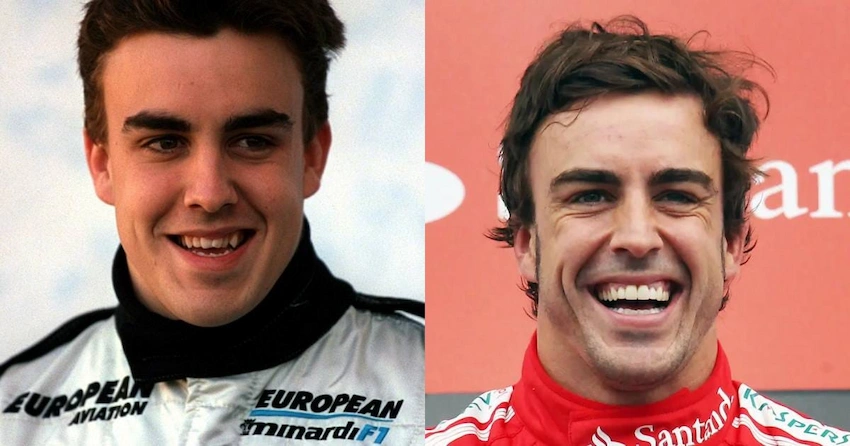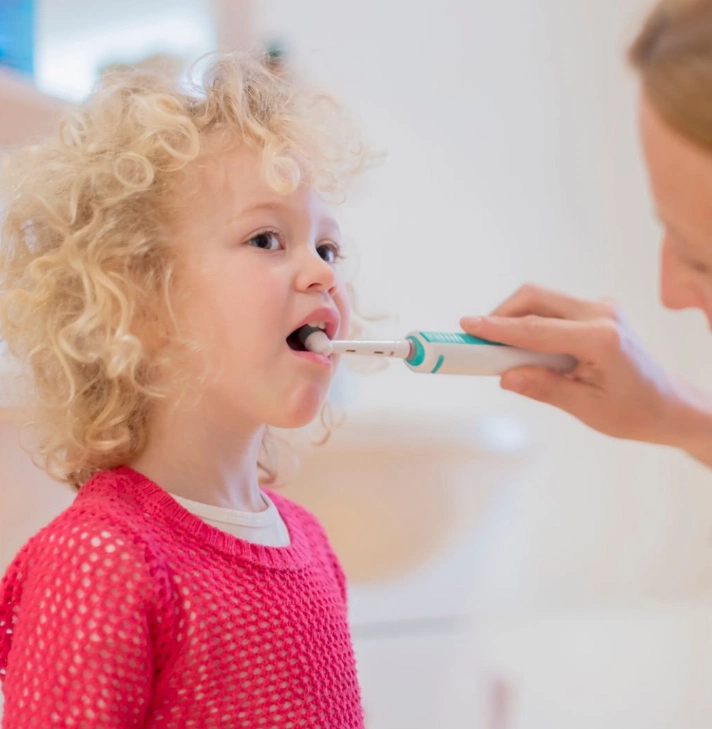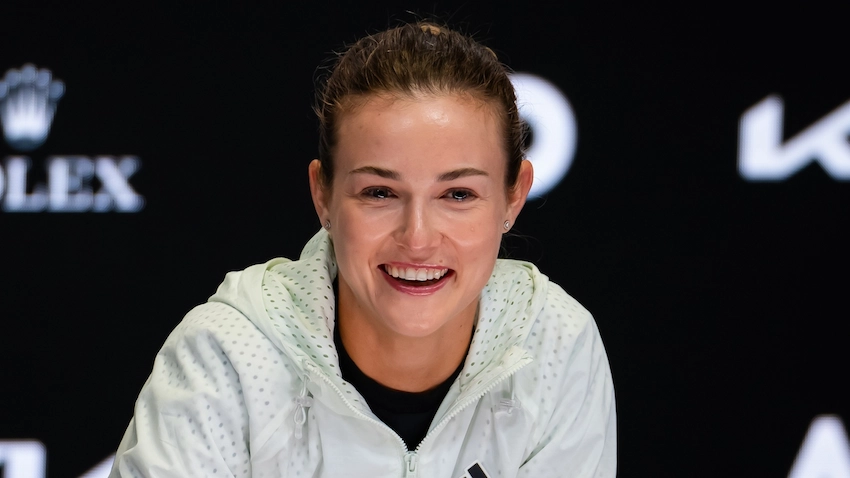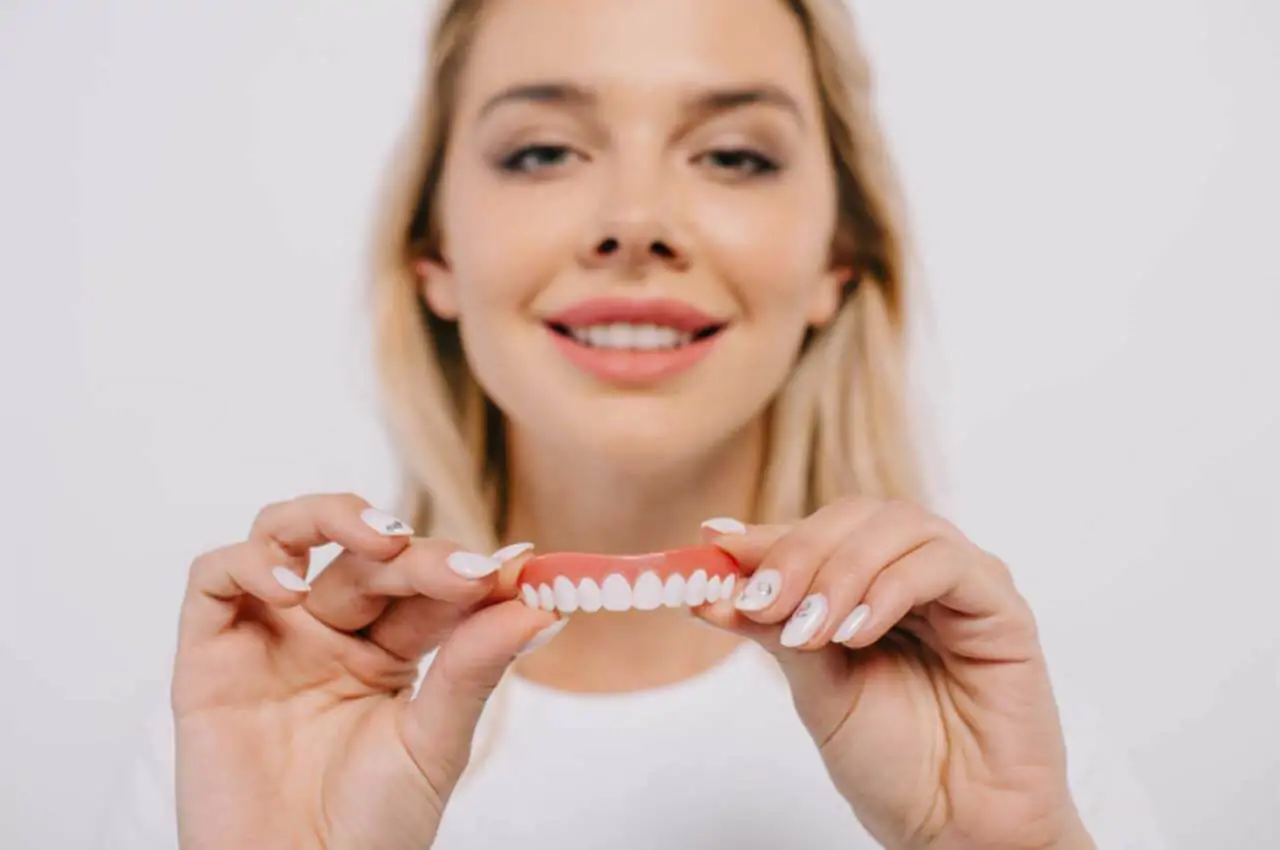🧒 When to Start Brushing Teeth in Children?
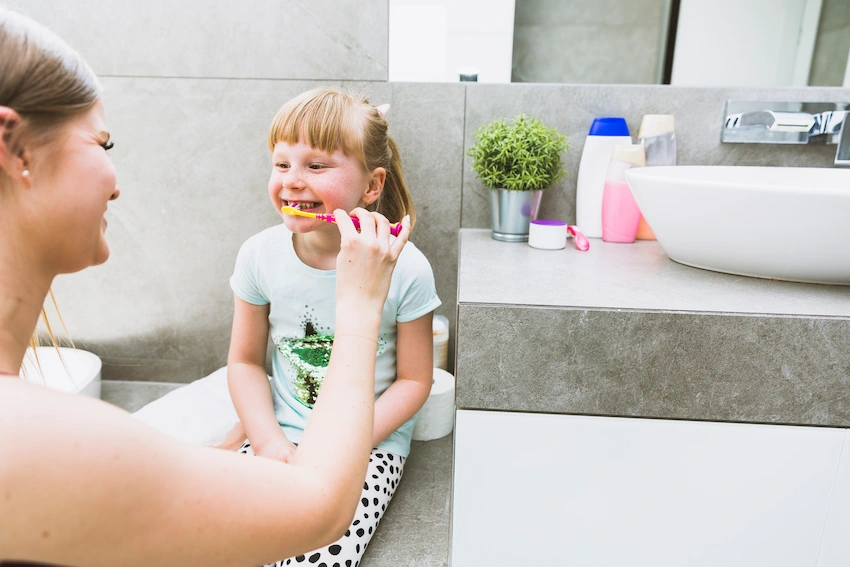
Starting Brushing Habits Early
It’s high time parents need to come clean with the fact that permanent teeth will not develop on their own if a child does not take good care of them. Unknown to many, natural teeth can be as much of a headache as adult ones. They get cavities, they are susceptible to staining, and, surprise, surprise, they can grow in every possible direction. Therefore, habituation in brushing is a vital factor, and the earlier the better, before the child knows what a toothbrush even looks like.
What most parents overlook is that even if they do the best they can, their child might not get that perfect, flawless smile that their parents wish for them. These issues may be caused by genetics, nutrition, use of a pacifier, accidents, or habitual thumb-sucking, which initially had an influence on the formation of the mature teeth. But without a doubt, Lema Dental Clinic in Istanbul can be the rescuer with a myriad of options like porcelain veneers, the latest dental implants, and not the least, the Hollywood Smile. Yet, instead of hurrying, let’s concentrate on the present.
When Should Children Start Brushing Their Teeth?
Remember this: a child’s tooth should be cleaned as soon as it comes out. A tooth usually pops up around 6 months old is the estimated age for most babies, and it is usually at the bottom front. At the very moment, you are to get engaged in a routine of brushing (or gentle cleaning) every day, just like you do at the time of diaper changing and bath time. Initially, the emphasis is more on wiping than actual brushing. The methods followed for wiping can be:
- A clean, damp gauze pad
- A finger brush (a soft silicone brush that fits on your finger)
- If your kid has more teeth (12-18 months), then you can get a small brush and may use a little fluoride toothpaste. However, make sure that the toothpaste does not contain more fluoride in order not to affect your child’s health adversely.
🧒 At the age of 2, it is important to brush teeth twice a day. And, even with the tears, go through the struggle because it is a good habit. By doing this, you help the child form a very good nature and wallpaper a pretty smile on.
How Young Can Children Use Toothpaste?
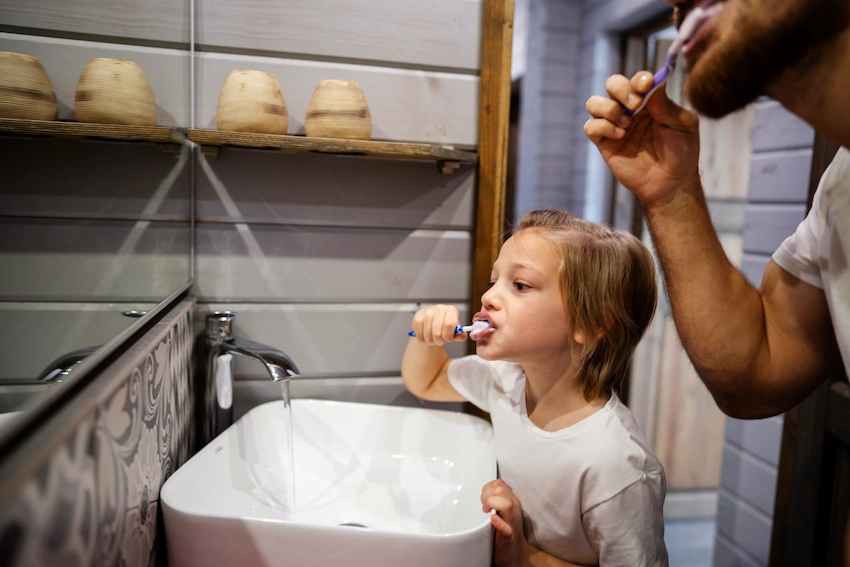
There is no one rule for all toothpaste things, as it varies. Smaller mouths need less toothpaste, and the same goes for fluoride. 🧼 Here’s the toothpaste amounts explained by age:
- Under 3 years old: Smear a grain-of-rice-sized smear of fluoride toothpaste/li>
- 3–6 years old: Use the size of a pea
It might be that as your child brushes, you might think the amount of toothpaste applied seems like nothing at all, but that much is enough, no more, and keep in mind that too much fluoride can cause fluorosis if it happens, that to turn, white spots appearing on the adult teeth. Also, be cautious of flavors. While toothpaste with bubblegum or strawberry flavor may make cleaning more fun, ensure that your child spits out the toothpaste and does not swallow the product like candy!
What Is The Right Toothbrush And Toothpaste For Your Child?
It might be an exaggeration, but the toothbrush of your child may be compared to a superhero sidekick if it’s the wrong one; the mission (say, clean teeth) can utterly fail. Below are the things that you will need to get:
Toothbrushes that are Best for Kids:
- Soft bristles (always—hard bristles can harm gums)
- Small brush head to fit tiny mouths
- Big handle or easy grip so little hands can hold it
- Bright colors, cartoons, or characters to make it fun
Toothpaste Tips:
- Choose fluoride toothpaste (unless advised otherwise by a pediatric dentist)
- Choose flavors that kids like—but not sweet.
- Check if the toothpaste is suitable for the age of your child (as some are specifically made for 0–2 or 3+)
How to Brush the Children’s Teeth?
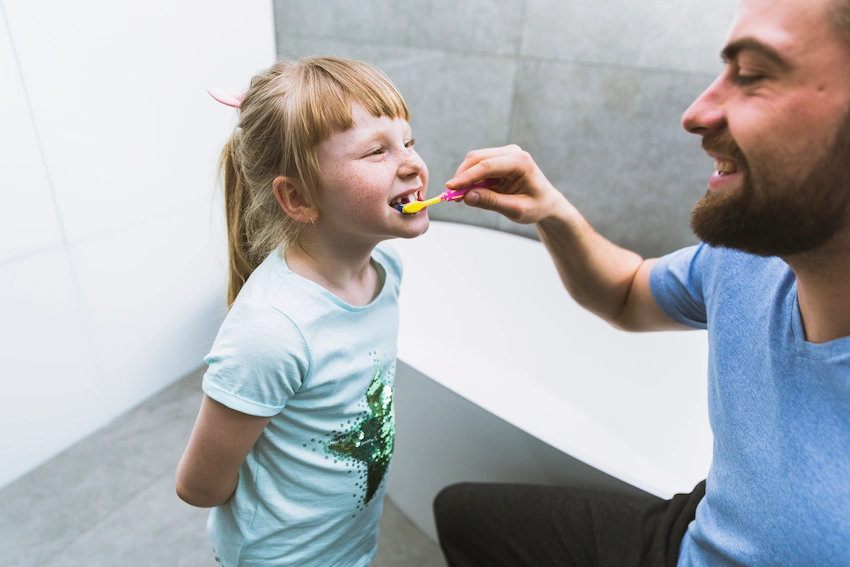
Especially if the child insists: “I can do it myself!” you should know that in reality they will need help in the tooth brushing process till approximately 7 or 8 years of age. This is due to the lack of their motor skills and self-awareness until then, which wouldn’t let them clean it properly.
🦷The best way to do it is:
- Position yourself behind or in front of the child, with a mirror in between.
- Start by gently pulling the lips and cheeks outwards so you can have a good overview.
- Make small circular movements on each tooth—front, back, and chewing surfaces with the toothbrush 2-3 times each.
- Remember to brush along the gum line—plaque will be there, we promise.
- With the toothbrush, don’t forget to clean your tongue—then you will have good breath!
- For two whole minutes—set a clock, get a toothbrush that sings a song, or a toothbrushing app, what suits you best?
Engaging in this activity together may include playing a song, sharing a funny story about a tooth, or brushing together. Prove to them that oral hygiene is not a punishment but a superpower.
How to Brush Babies’ Teeth?
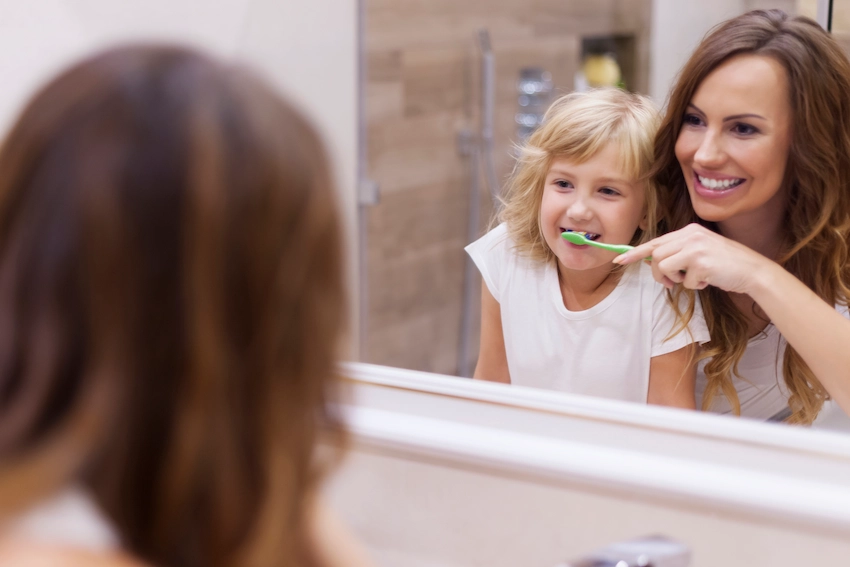
Babies are easier to clean than brushing; it is a gentle cleaning. But it cannot be skipped in any situation, particularly when they:
- Eat evening milk
- Suck a pacifier
- Are gnashing teeth and have a lot of drool
Here is how you should clean the baby’s teeth:
- Lay out your finger brush or baby toothbrush for the baby
- Water or a tiny amount of baby-friendly toothpaste can be used
- Make sure the task is executed tenderly but stringently, with special attention on feeding back reactions
- Know that it’s not “teeth that should be in that place, it’s the nursing or bottle.”
By the way, a baby should not be put to sleep with a bottle of milk because it could lead to severe tooth decay. The word for this condition is “baby bottle tooth decay”. Are you still a fan of it? Hence, it is best to avoid it and prevent it to keep the baby as healthy as possible during the first dentist visit.
Frequently Asked Questions (FAQ): Kids’ Tooth Brushing
Once the first tooth has poked through, usually, in the area of 6 months. Before that, wipe the gums with a clean cloth after giving food.
Brush twice a day—morning and evening. Not at any cost!
Around 7-8 years of age. Up to then, they needed someone to help them clean well.
No problem, just make sure that the children use a very small portion of fluoride toothpaste (rice-sized at the age of 3, and after that, pea-sized) and spit it out with parents’ help.
This is normal! Lema Dental Clinic can give advice on orthodontic treatment or cosmetic solutions if the problem is persistent. Moreover, they can also give you a full smile makeover.
